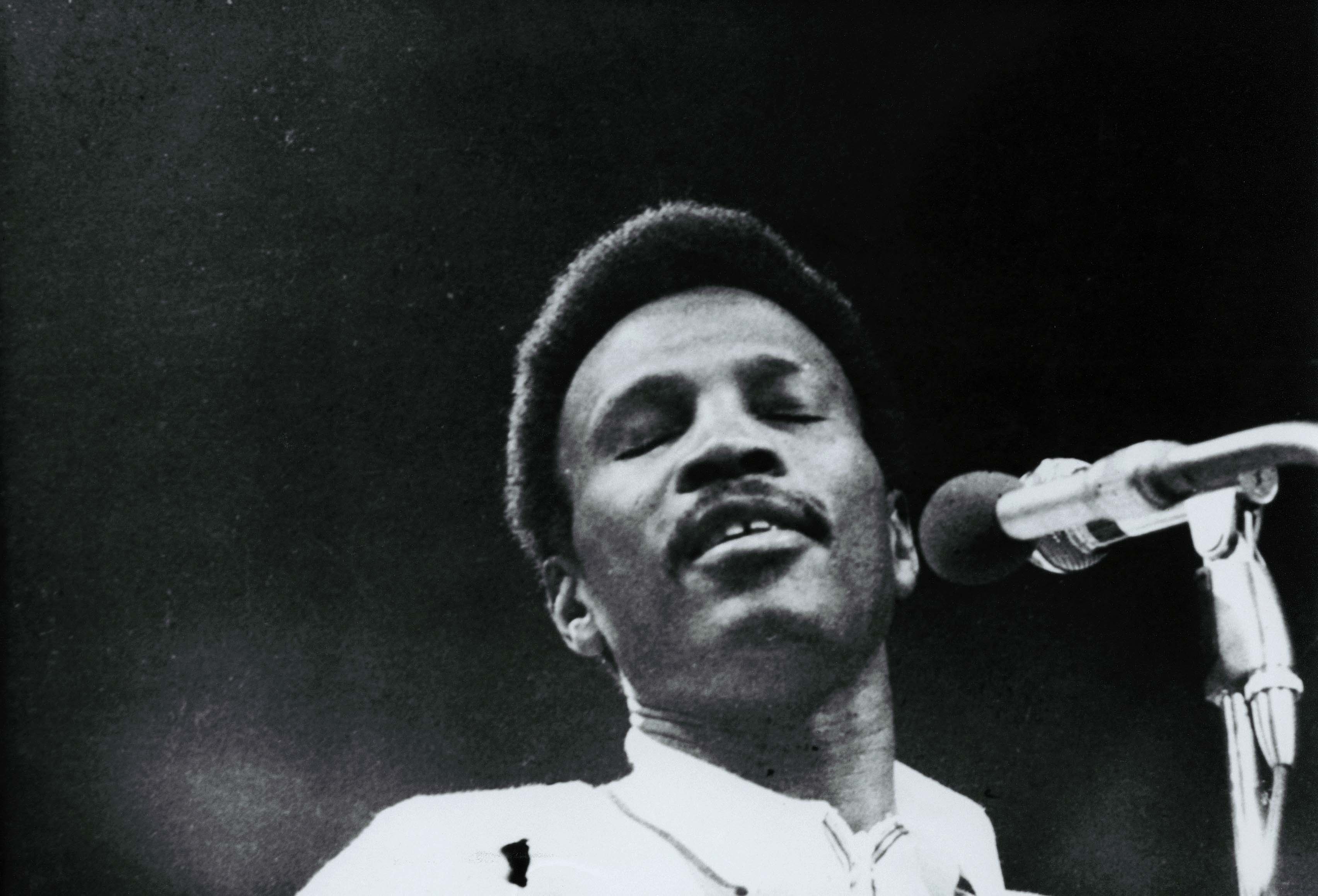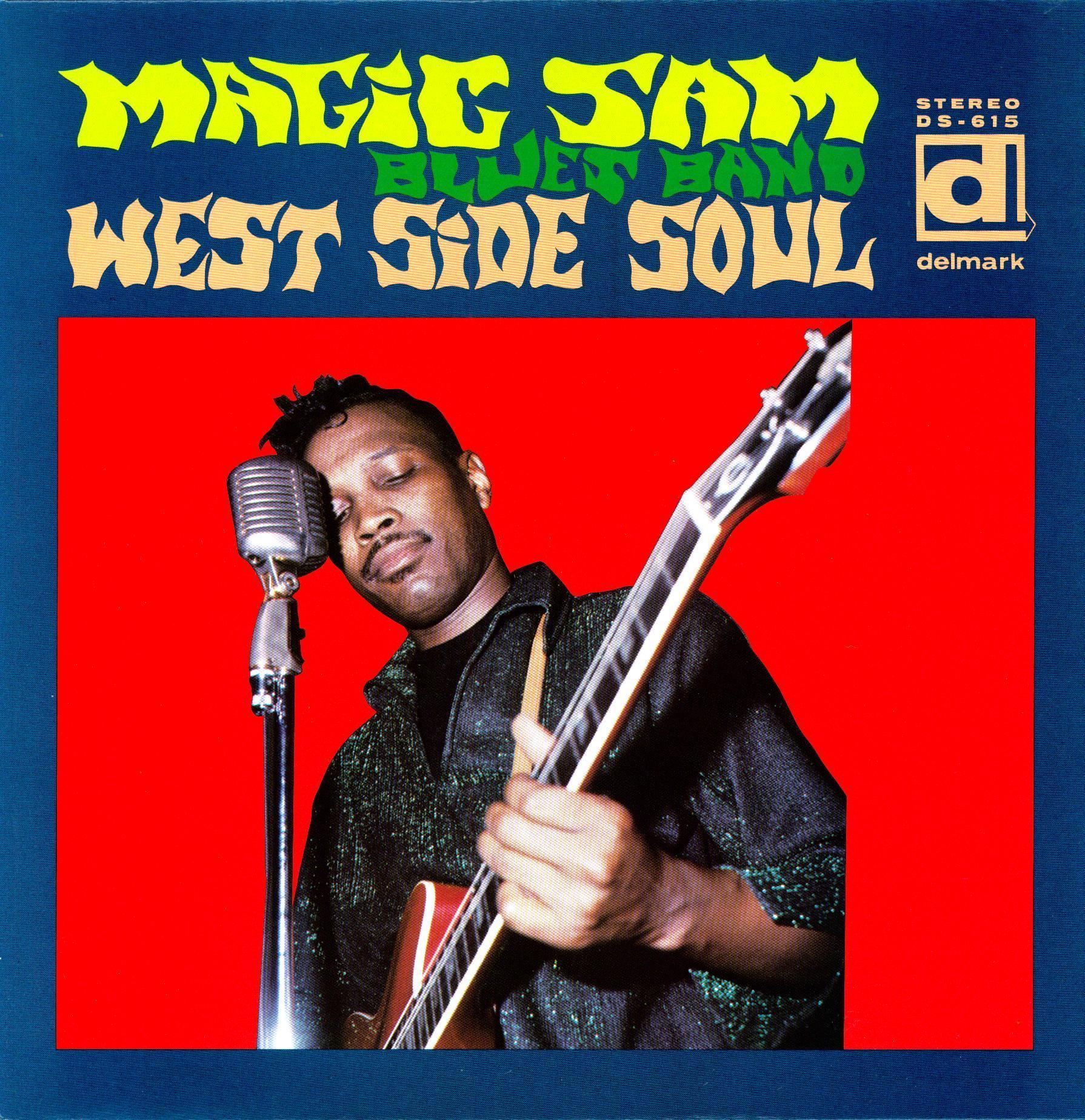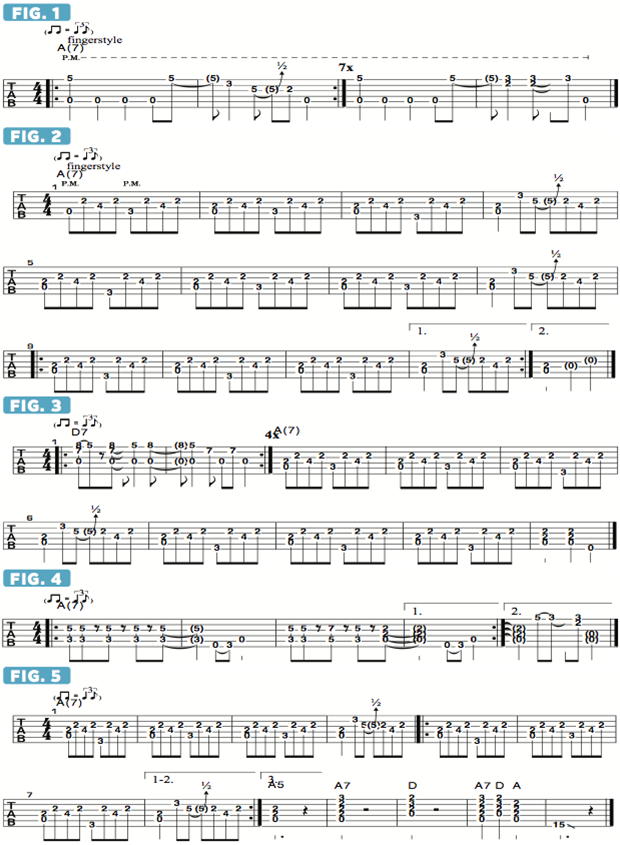How to Play Like Chicago Blues Guitar Legend Magic Sam
Learn how to play like one of the most talented and distinctive musicians in the pantheon of Chicago blues guitar greats.

“Magic Sam” Maghett was one of the most talented and distinctive musicians included in the pantheon of Chicago blues guitar greats. He possessed a phenomenal singing voice, wrote timeless blues classics and was also a brilliant and much under-appreciated guitarist. His 1967 release, West Side Soul, is one of the most essential blues recordings of all time, which was followed by the equally impressive Black Magic.
Tragically, Sam would pass away just two years later of a heart attack at the young age of 32, not long after his breakthrough performance at the 1969 Ann Arbor Blues Festival. The highlight of Magic Sam’s Ann Arbor Blues Festival performance is his rendition of “Sam’s Boogie,” a fast tune in A that features a deceptive and wholly original main figure that requires a very specific and somewhat difficult-to-master pick-hand technique.
The song is played in a “cut time” (2/2) feel, meaning that the most natural way to “feel” the beat is as two half notes per bar, with an implied, fast four-quarter-notes-per-bar rhythm. The tune also has an underlying eighth-note triplet feel, meaning that each pair of eighth notes is played as if it were the first and third notes of an eighth-note triplet.
For much of the main figure, Sam keeps his index finger barred across the D, G and B strings at the second fret, holding an A triad shape, while both adding and subtracting other notes and infusing little melodic patterns. In this way, the part emulates the sound of an open tuning, and may in fact have been influenced by the open-tuned boogie music of John Lee Hooker.

Also essential to the proper performance of the guitar parts is the use of fingerpicking. FIGURE 1 represents a line similar to the opening melodic pattern, with the open A string sounded by the pick-hand thumb and the notes on the top three strings sounded by the index finger.
FIGURE 2 brings to mind the tune’s main riff and is performed by quickly alternating between the pick hand’s thumb and index finger throughout. For much of the pattern, the open A string alternates with the C note at the third fret, with the G note on the low E string’s third fret occasionally substituted for the C note. A major factor in capturing the desired sound and feel here is to palm mute the strings throughout, with the goal of creating a “washboard”-like percussive sound.
In FIGURE 3, the part moves up to the four chord in the key of A, D7, before reverting back to the main figure. In FIGURE 4, a brief melodic interlude is performed with octaves. The progression then wraps up with FIGURE 5, a restatement of FIGURE 2 that includes a dramatic I-IV-I (one-four-one) ending.

Get The Pick Newsletter
All the latest guitar news, interviews, lessons, reviews, deals and more, direct to your inbox!
Guitar World Associate Editor Andy Aledort is recognized worldwide for his vast contributions to guitar instruction, via his many best-selling instructional DVDs, transcription books and online lessons. Andy is a regular contributor to Guitar World and Truefire, and has toured with Dickey Betts of the Allman Brothers, as well as participating in several Jimi Hendrix Tribute Tours.










